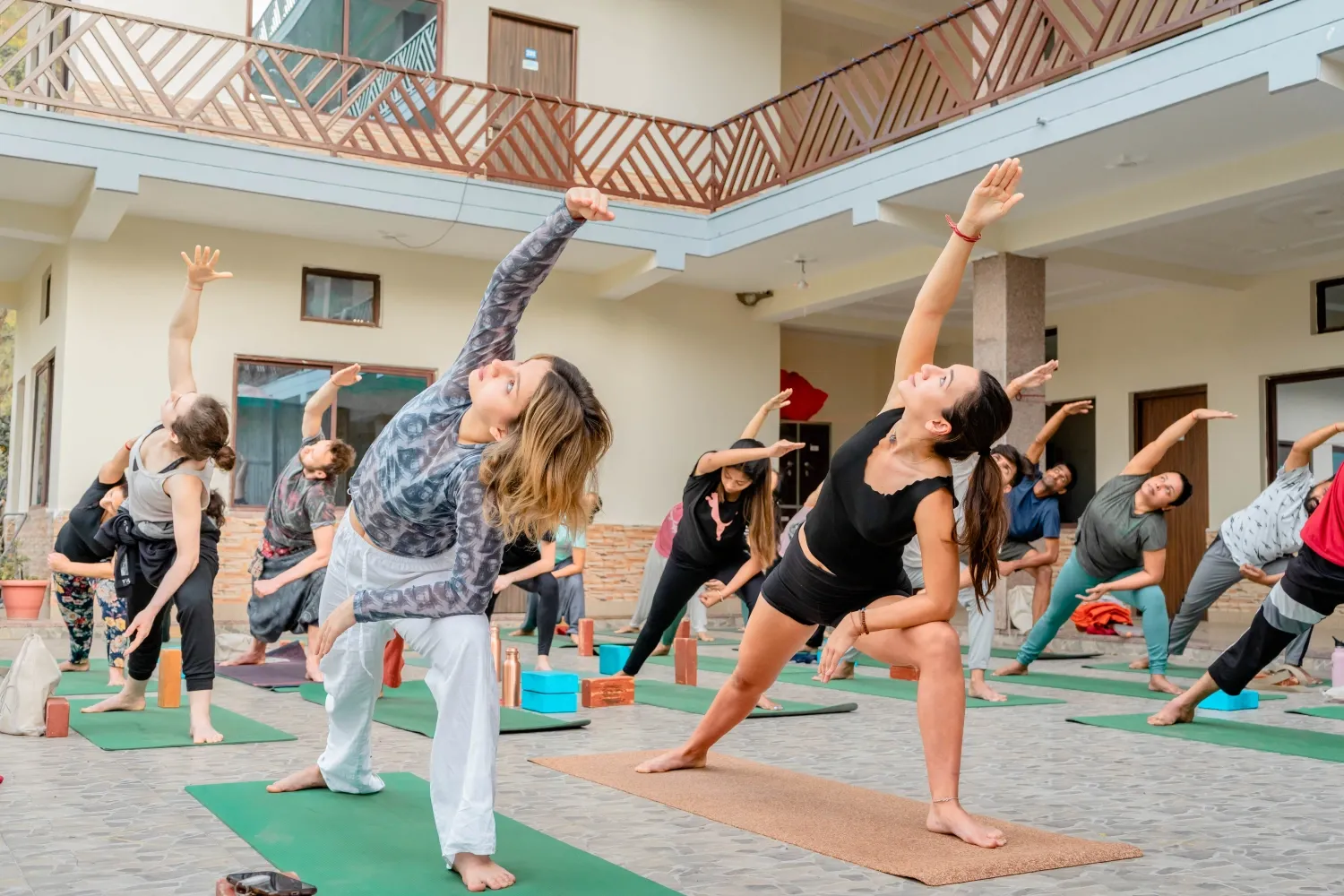Becoming a yoga trainer involves a combination of personal practice, formal training, certification, and experience. Here's a step-by-step guide to help you on your journey:
Step 1: Develop a Consistent Personal Yoga Practice
Before teaching yoga, you should have a solid personal practice. Consistent practice will help you understand the postures, breathing techniques, and philosophy of yoga, which is essential for teaching others.
- Practice regularly to build physical strength, flexibility, and mindfulness.
- Explore different styles of yoga (e.g., Hatha, Vinyasa, Ashtanga, etc.) to find what resonates with you.
Step 2: Learn About Yoga Philosophy and Anatomy
Yoga isn't just about physical postures. The philosophy, history, and understanding of human anatomy are also crucial.
- Study yoga philosophy, including the Yoga Sutras of Patanjali, Bhagavad Gita, and other texts.
- Learn about human anatomy, especially how it relates to yoga postures (asanas) to ensure safe practice.
Step 3: Choose a Yoga Style
There are different types of yoga, and each has its own approach. Choose the style that aligns best with your interests and teaching goals.
- Some popular styles include Hatha, Vinyasa, Ashtanga, Iyengar, Kundalini, and Yin yoga.
- Research these styles and experience them in classes to see what resonates with you.
Step 4: Find a Certified Yoga Teacher Training Program
Enroll in a reputable Yoga Teacher Training (YTT) program to gain the necessary skills and knowledge to teach yoga.
- Look for a program accredited by the Yoga Alliance (for global recognition).
- Choose a training program that offers 200-hour certification, which is the standard entry-level certification for yoga instructors.
- Choose between in-person or online training depending on your preference.
Step 5: Complete Your Yoga Teacher Training
A typical 200-hour teacher training program will include the following components:
- Asana practice: Learning the physical postures.
- Pranayama: Breathing techniques to increase energy and mindfulness.
- Anatomy: Understanding the body's structure and how it moves during yoga.
- Teaching methodology: How to effectively guide students through a practice.
- Philosophy: Study of ancient yogic texts and their application in modern life.
- Practicum: Teaching practice to build confidence and skill.
Step 6: Gain Teaching Experience
Start teaching to gain real-world experience. You can begin by offering classes to friends, family, or at a local studio.
- Offer free or donation-based classes initially to build your confidence and teaching skills.
- Gradually start offering paid classes as you gain experience.
Step 7: Obtain Certification and Register with Yoga Alliance
Once you complete your training, apply for certification with the Yoga Alliance to become a Registered Yoga Teacher (RYT).
- The 200-hour RYT certification is the standard qualification.
- If you wish to deepen your knowledge and credentials, you can continue your education to become a 500-hour RYT.
Step 8: Market Yourself as a Yoga Teacher
To build your career as a yoga instructor, you'll need to market your services.
- Create a website or social media profiles to promote your classes and workshops.
- Attend local events or collaborate with other fitness professionals to expand your network.
- Use online platforms like YogaTrail or MindBody to list your classes and attract clients.
Step 9: Continue Your Education
Yoga is a lifelong learning journey. Continue to deepen your knowledge and skills to enhance your teaching.
- Attend advanced teacher training programs or workshops.
- Take courses in areas like yoga therapy, prenatal yoga, or children’s yoga.
- Stay updated with the latest trends in yoga and wellness.
Step 10: Build Your Reputation and Career
As you gain experience, focus on building a loyal student base and creating your own unique teaching style.
- Offer private sessions, retreats, and workshops to expand your offerings.
- Develop a specialization (e.g., mindfulness, stress relief, strength building) to set yourself apart.
- Consider teaching online or creating your own yoga videos for a wider reach.
By following these steps, you’ll be on your way to becoming a skilled and successful yoga trainer. Consistency, passion, and continuous learning will help you grow in this rewarding field.
By following these steps, you’ll be on your way to becoming a skilled and successful yoga trainer. Consistency, passion, and continuous learning will help you grow in this rewarding field. If you're serious about your journey, enrolling in a yoga teacher training program is an essential first step to gaining the knowledge and experience needed to teach with confidence.
